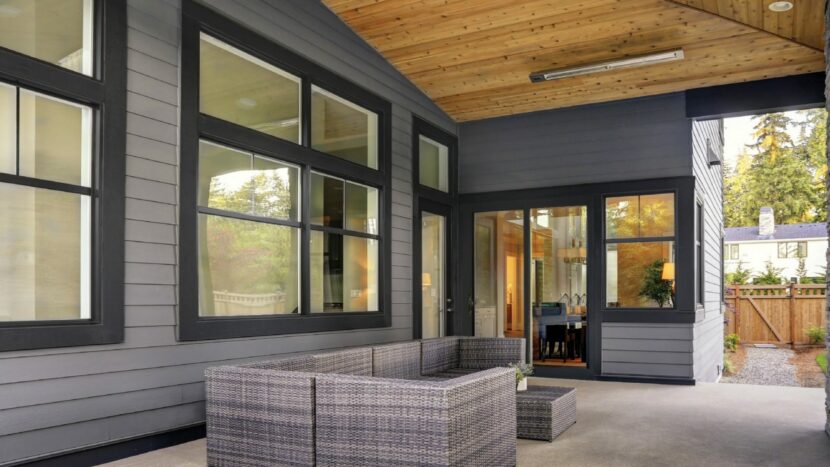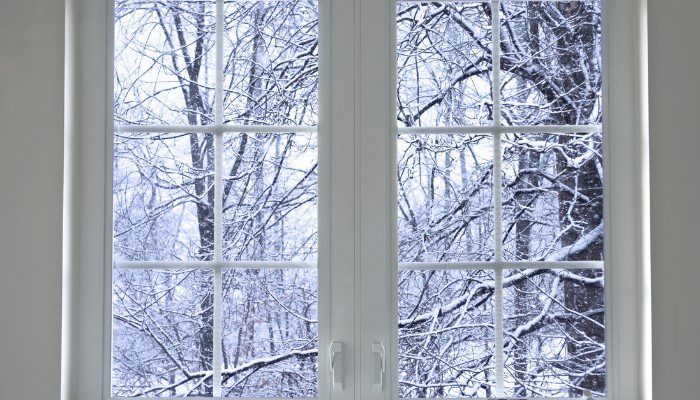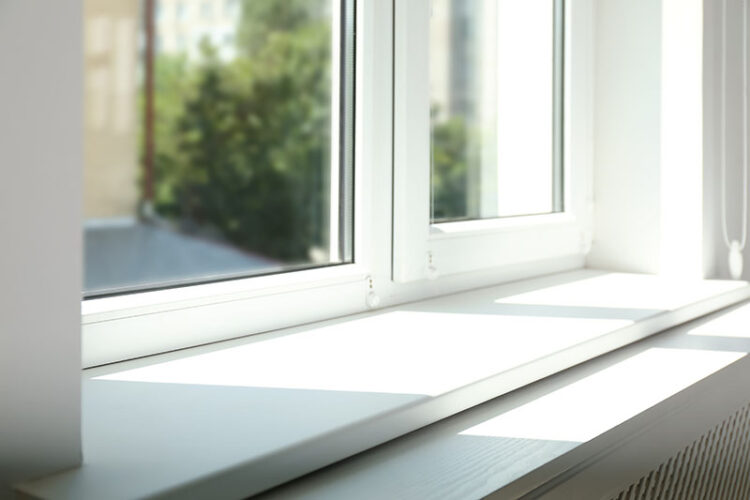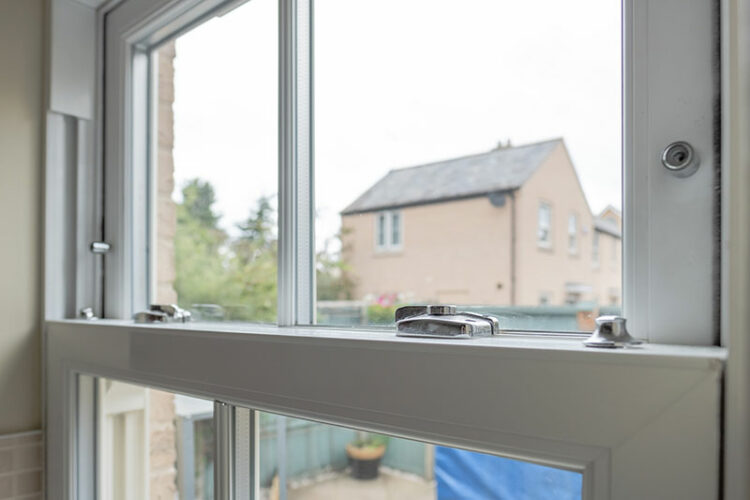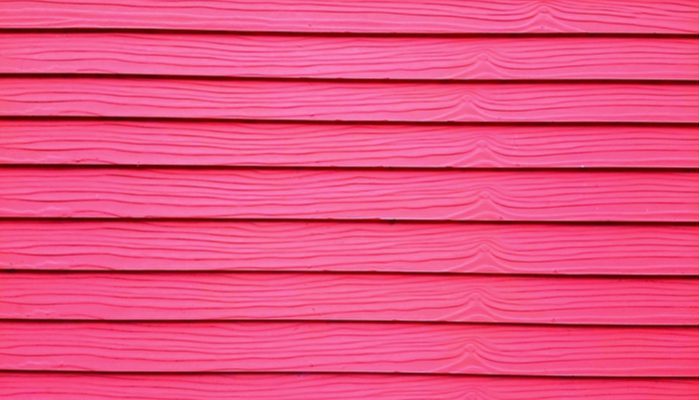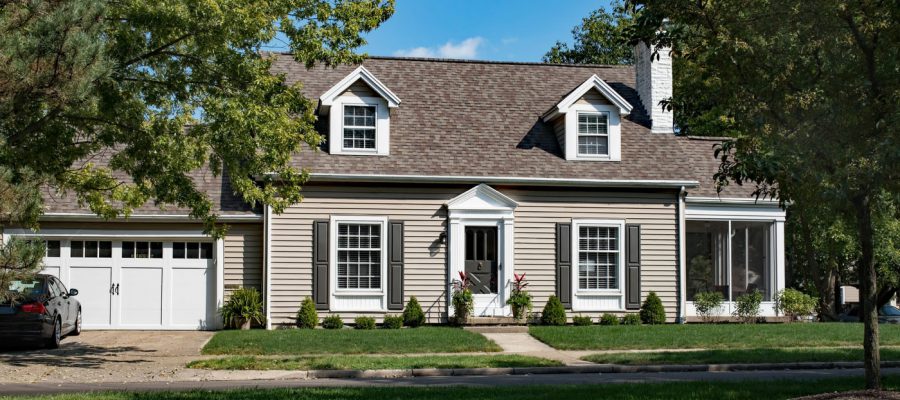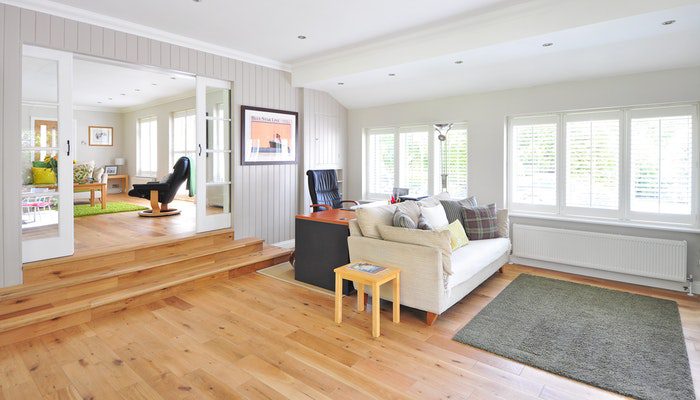Do Energy Efficient Windows Work?
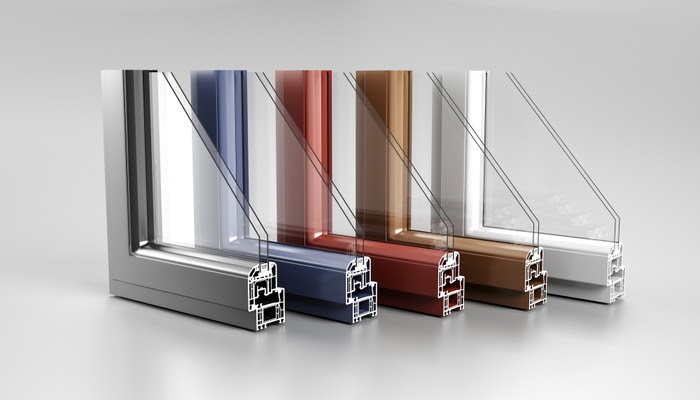
Windows are an essential element of your home. They illuminate rooms with daylight, let you see outside, increase the value of your property and its curb appeal. What many homeowners fail to understand is that windows can also save you money on heating and power bills, but only if they are energy efficient.
Because windows are big holes in your walls, they are responsible for 25%-30% of the energy used for heating and cooling. And to save energy, they need to be adequately insulated to increase the energy saving in your home.
It is good for the environment since your home leaves a smaller carbon footprint, and for your budget since it minimizes your bills, among its many benefits. To raise energy efficiency in your home, start with your windows.
Updating existing windows for higher efficiency
If your windows are still relatively new or in good condition, all you have to do is to update them and take steps to increase their efficiency. It is the better option since it’s the more cost-effective and less time-consuming option. To achieve greater energy efficiency use these steps to improve your existing windows:
- Check for air leaks using an open flame near closed windows
- Caulk the windows to seal off cracks and air leaks
- Check and change the weather strip on your windows
- Add interior coverings like window blinds, quilts, drapes or curtains
- Exterior coverings like shutters, shades, awnings, and solar window screens can be added
- Add storm windows or weather panels
Whatever option you choose, install the improvements correctly to ensure there are no air leaks. When finished, test the windows for air leaks again to check the results.
Replacing your windows with energy efficient windows
If you determine that no improvement will increase the efficiency of your windows due to their age or state, it’s time to replace your windows. Examine the existing frame and discuss options and features with a trained expert:
- Frame types
- Number of panes
- Glazing types
- Gas fills and spacers
- Operation types
After you determine what type of replacement windows to get – focus your attention on energy use, labels, and proper installation. Look for an ENERGY STAR label and an energy performance label from the National Fenestration Rating Council (NFRC).
NFRC energy performance ratings tell you how efficient the windows are at conserving energy. On the other hand, the ENERGY STAR label is proof of quality and ensures the new windows you end up choosing are certified energy efficient windows.
When you find the perfect replacement windows for your home, take steps to hire professionals to install them correctly. It’s important to leave the job to the experts since they have the tools and experience to make an air-tight seal and prevent any cold air from seeping into the house.
How do energy efficient windows work?
Choosing the best energy-saving doors and windows can significantly impact how much money we spend on keeping our homes comfortable and bright.
Energy-efficient windows are an excellent way to reduce overall cooling and heating costs in your home but can also help you do your part to keep the environment green and clean.
When you are investing hundreds or even thousands of dollars in new doors or windows, you want to get the most for your money. A great way to find the best products for your home, and even to save some money in the long run, is to look for the ENERGY STAR® symbol since these and doors and windows are at least twice as efficient as the average window produced only ten years ago. These products can help cut your cooling and heating costs, make your home more comfortable, and dramatically reduce UV damage.
How to select energy efficient windows
When you are buying new windows, you need to look for the ENERGY STAR label first. Then you need to review the ratings on the National Fenestration Rating Council’s (NFRC) energy performance label to find the most energy efficient windows. NFRC ratings can be found on all ENERGY STAR certified windows and are a great way to compare products and determine a window’s energy properties.
Advancements in spacer systems, glass coating, and window technology have led to various glass systems that can achieve the desired results and also to precision-engineered window designs. Now you can have energy efficient windows that meet all your needs and preferences.
If you live in an area that gets a lot of or very hot or frigid weather or direct sunlight, consider a triple-glass system for your windows. Your home will stay comfortable all year long, and your fuel bills will decrease.
Aside from lowered cooling and heating bills, there is a technology component that plays a big part in how energy-efficient windows work. Here is a breakdown of some energy efficiency features to keep you warmer in the winter and cooler in the summer.
Glass coating
For energy-efficient windows, a low-emissivity glass, also called Low-E glass, is used to help block the sun rays (90% in fact) and keep the cold outside when it’s hot and heat inside when it’s cold. There are also many glazing options, such as gas fills, tints, and reflective coatings. Again, these can all help save you on your cooling and heating costs.
Spacer systems
To help keep your windows condensation free and thermally-efficient, 100% polymer structural foam is used as window insulation instead of metal.
Window technology
Some of the latest windows technologies are the use of gas and multiple panes of glass. Double-paned and triple-paned glass windows increase the blocking of UV rays. Triple paned glass windows block up to 97% of the UV rays and keep you more comfortable all year while also preventing the fading of flooring, fabrics, and other belongings. Another great new technology is filling the space between the insulated window glass with Krypton gas to reduce heat transfer even more.
Energy efficient windows traits
Energy-efficient windows offer certain traits:
- Low-e glass. Low-emissivity or Low-E glass coating is meant to bounce the sun’s rays away from your home in summer in order to reduce solar heat gain.
- Argon gas infill. An argon gas infill inserts argon gas between window panes. Argon is less conductive than regular air, so it reduces the amount of cold or heat that passes through the glass.
- Double/triple pane windows. Adding additional panes of glass to a window increases its energy efficiency by adding more layers of insulating gas or air between the outside and inside of your home.
The best material for replacement windows
Aluminum conducts heat and has a higher chance of rotting a window jam. Wood needs more maintenance and is often plagued with mildew, shrinkage, rot, bugs, swelling, and other problems. Therefore the best material for replacement windows is vinyl. It does not cause any of the issues inherent with wood and aluminum and will not get chalky, brittle, or fade over time.
- Wood windows can provide excellent insulation. Wood also has low conductivity, which means it transfers less cold or heat into your home.
- Fiberglass offers similar insulating properties to wood. Fiberglass windows are produced from a thermoset material. This means it won’t break down or melt when exposed to temperature swings.
- Vinyl frames have insulating properties and reduce heat loss for more energy efficiency – and they’re very easy to maintain.
What factors influence energy efficiency?
There are many factors, such as proper installation, that determine how much-improved comfort and performance you’ll see in your home. When you’re looking for energy-efficient replacement windows, keep these factors in mind:
- Window Installation. Proper installation will help prevent expensive water damage or air infiltration to your home. Check the bowing, level, square, and the reveal to see if your windows were installed properly.
- Window Location. You can increase a window’s energy efficiency by choosing specific Low-E glass coatings for different parts of your home.
- Region. Your home’s climate and geographic location help determine what kind of windows you need and what kind of glass can enhance your energy efficiency.
- Window Frame Construction. Your choice of window frame material also influences your window’s energy efficiency.
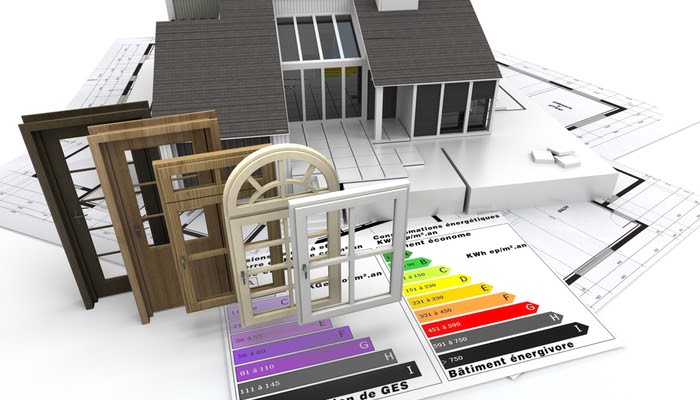
Windows are like a thermal hole if they are not equipped with quality glass, spacers, and coatings. Some estimate that we spend one-third of our money on air conditioning and heating. That means we are not even aware of how much money can go right out the window each year!
But with the many new energy efficient possibilities, all you have to worry about is replacing the old windows! You can be sure that you will have a much more energy efficient home and start saving money right away.
Ready to make your windows energy efficient? Here at 1-800-HANSONS, we know what to do. Contact us today to schedule a FREE estimate, and let’s start working on making your home energy efficient.
Get a Free Estimate Today
50% off installation. Special financing available. See details.


